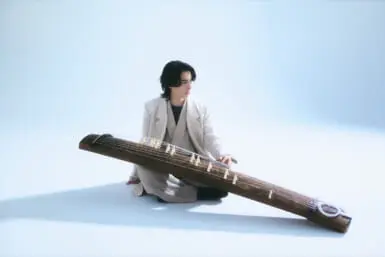Happy New Year, Weekenders! Hatsumode, the first shrine visit of the new year, is one of Japan’s most cherished traditions, where people across the country flock to shrines and temples to pray for good fortune, health and prosperity for the year ahead. Asakusa’s Sensoji is one of the most popular sites for hatsumode — arguably too popular, with packed stations and lines of up to two hours to pray at the main temple. Thankfully, Japan is full of many other equally fascinating and culturally significant sites that offer a much less crowded and overwhelming experience. Consider visiting these seven alternative shrines for your first visit of the new year.
 Akagi Shrine
Akagi Shrine
Located in Kagurazaka, Akagi Shrine is a historic shrine with a modern twist. Passing through its grand, vermillion torii gate, you’ll encounter a large marble staircase leading to the main hall. The wooden structure of the shrine is encased in a glass building designed by renowned architect Kengo Kuma, making Akagi Shrine a popular destination for architecture enthusiasts. The shrine also has a café, where guests can stop by after praying to sip on amazake or coffee.
The gods enshrined at Akagi Shrine are Iwatsutsuo, the god of fire protection among other things, and Akagihime, a protector of women. The shrine is particularly popular for women and visitors looking for business or academic success.
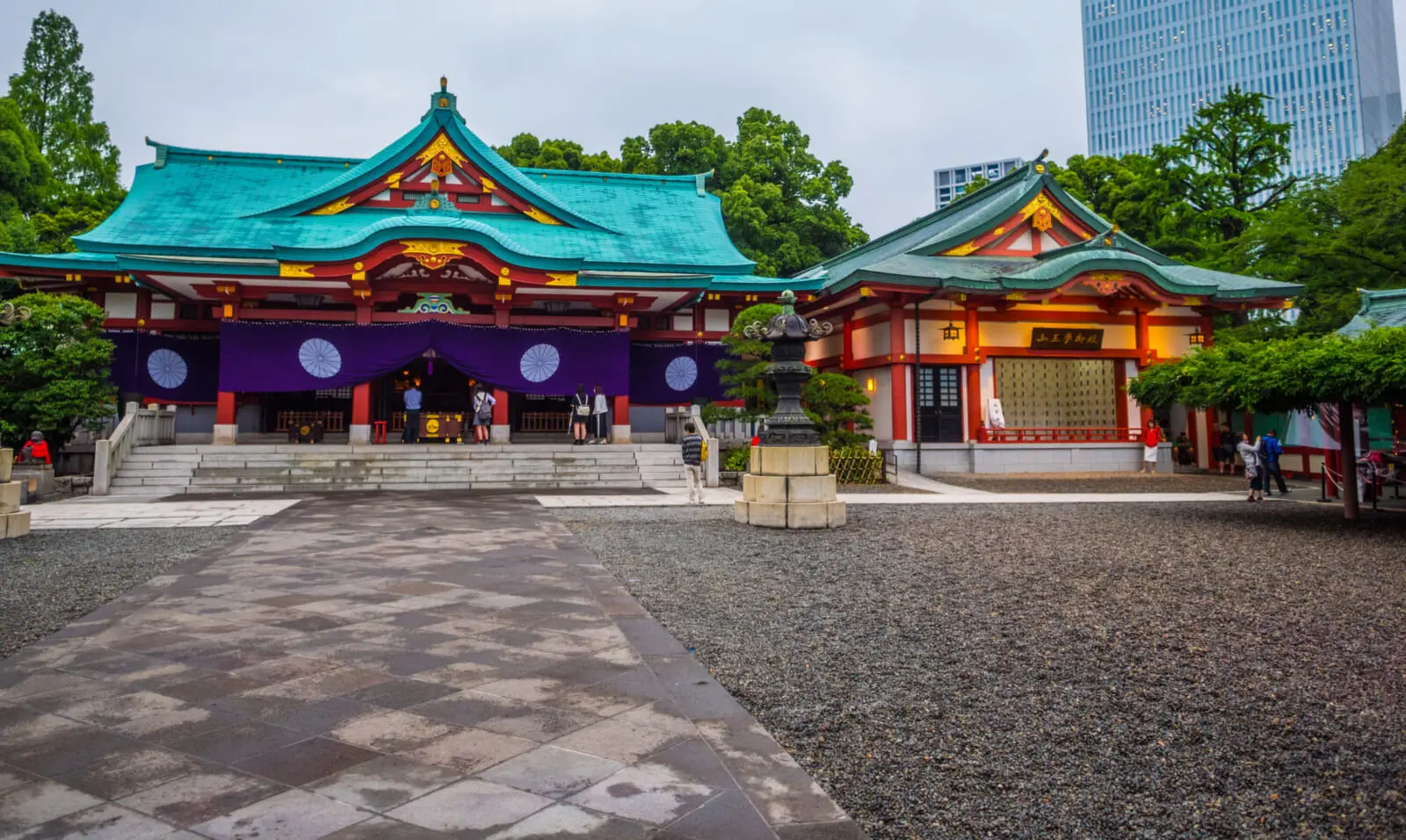
Hie Shrine
Hie Shrine, located on the hilltops between Akasaka and Nagatacho, is one of Tokyo’s major shrines — but it isn’t nearly as busy as Sensoji or Meiji Shrine. Known for its staircase with 90 bright red torii gates and its monkey deity stone sculptures flanking the main hall, Hie Shrine is somewhat hidden but surprisingly expansive once you get there.
During the New Year’s period, the shrine holds elaborate festivities without the overwhelming crowd. Consider writing your wishes on an ema plaque to hang up.

Gokokuji Temple
Gokokuji, located in Bunkyo ward, is another excellent alternative for hatsumode. The rarely crowded temple grounds are spacious and serene, and house many culturally important artworks. Built in 1681, the temple is renowned for its historical significance and many structures, including a pagoda and a large Buddha statue. Gokokuji is a great site for hatsumode for those looking for a reflective and calm start to the new year.
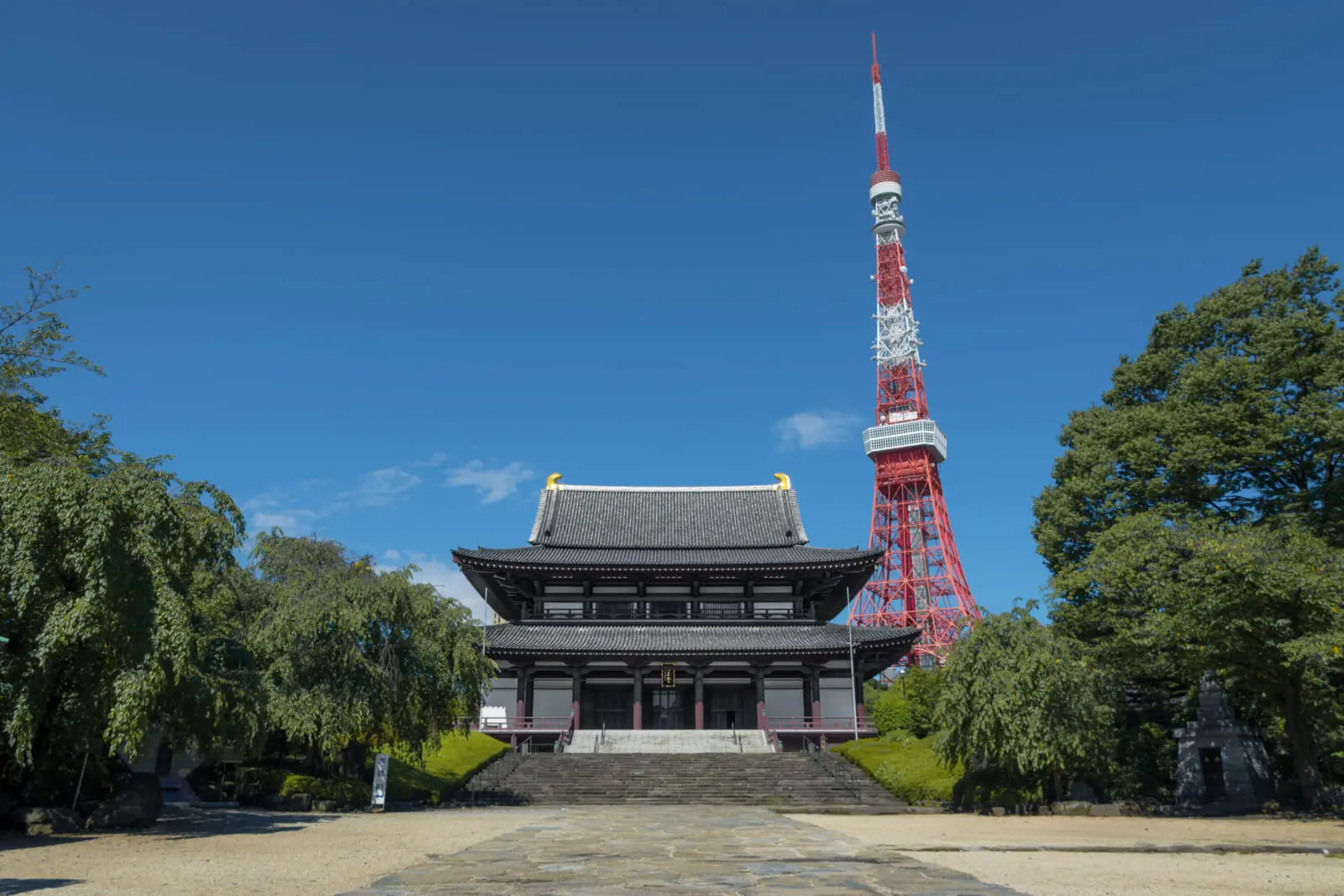
Zojoji Temple
Zojoji, located in Minato ward, is popular for its proximity to the iconic Tokyo Tower and its impressive scale. The temple is dedicated to the Jodo sect of Buddhism, and it has a deep connection to the Tokugawa family. Deeply affected by wartime air raids, the temple also serves as a symbol of postwar resilience and the convergence of modernity and spiritual traditions.
During hatsumode, Zojoji is the Goldilocks of temples — not too busy or too empty. The temple’s wide-open space and the lit-up Tokyo Tower create a unique contrast during the New Year’s period, making Zojoji a fantastic spot to reflect on the past year and pray for a successful one ahead.
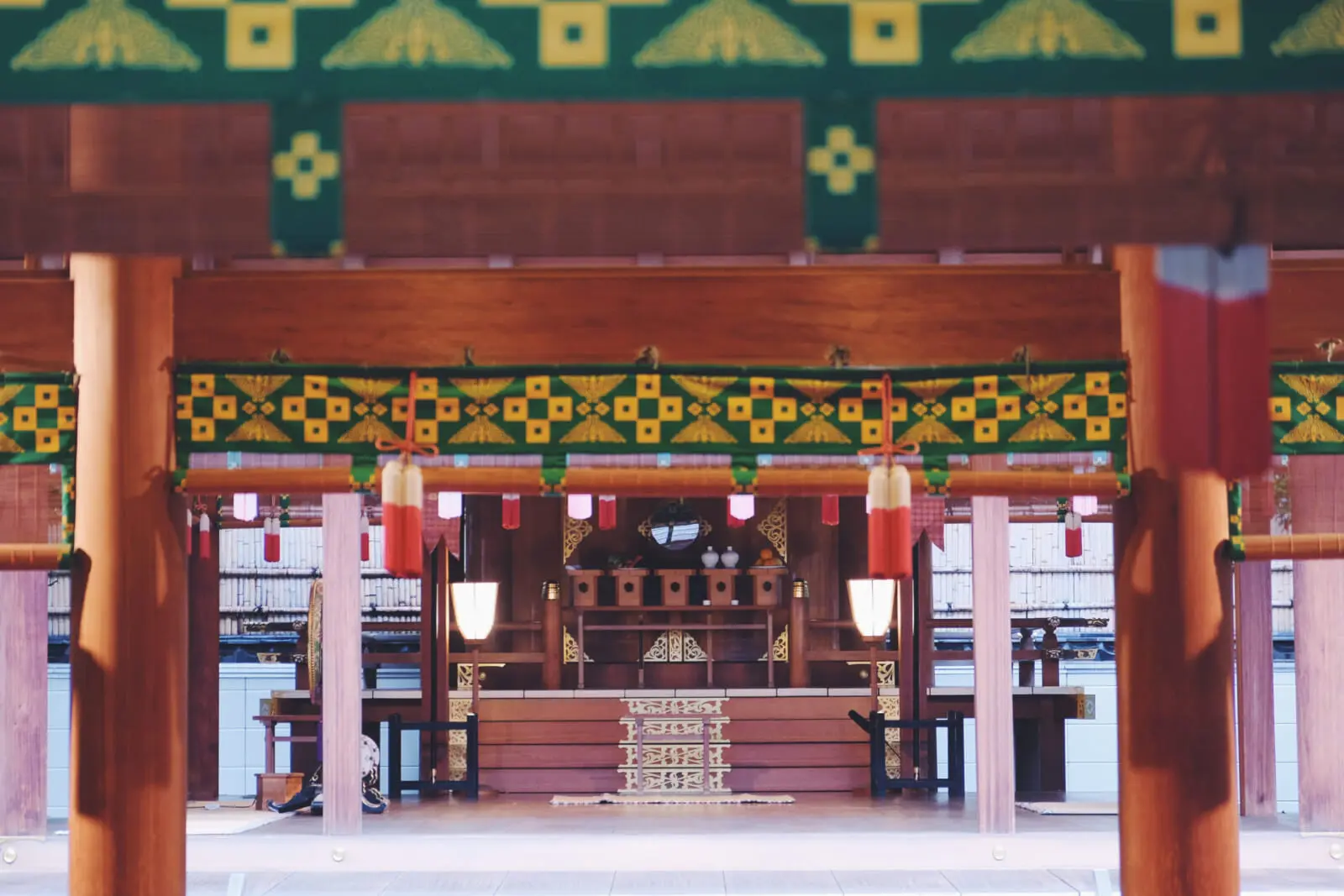
Nogi Shrine
Nogi Shrine, located in Minato ward, is dedicated to General Nogi Maresuke, a celebrated figure of the Meiji period. Nogi was known for his dedication to Emperor Meiji — he even committed seppuku alongside his wife on the day of the emperor’s funeral. After his death, Nogi Shrine was built in his honor, making it a symbol of loyalty and courage.
Being a more modern shrine, Nogi Shrine is one of the most well-kept shrines in Tokyo, and its significance in Meiji-era history attracts many academics as well. During the New Year’s period, a tent is set up within the shrine grounds to sell amulets and fortunes.
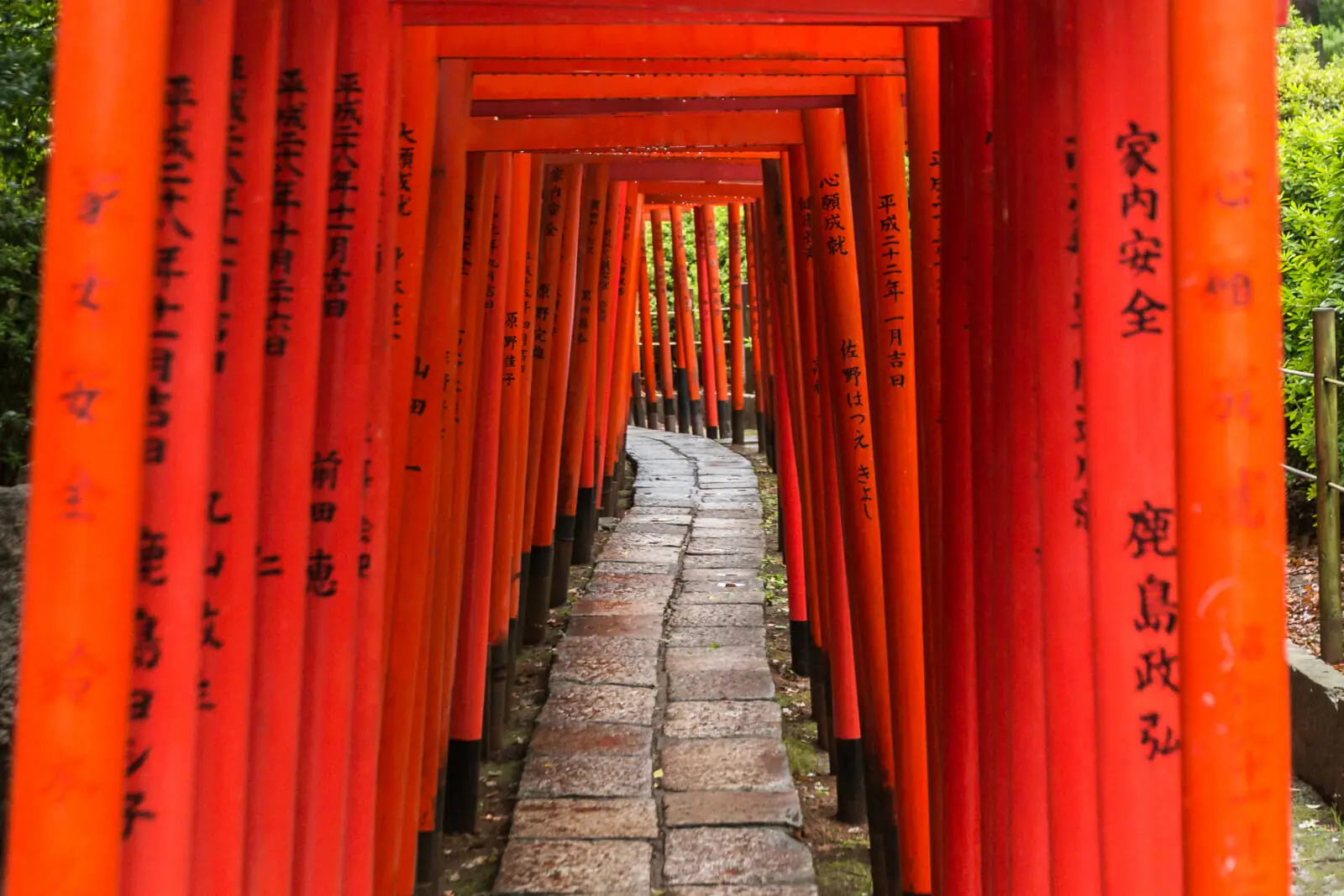
Nezu Shrine
Located in Bunkyo ward, Nezu Shrine dates back 1,900 years and is dedicated to the deity Susanoo no Mikoto, the god of storms and agricultural protection. Nezu Shrine is most famous for its stunning torii gate path, which creates a picturesque tunnel of deep red gates leading up to the main shrine.
The shrine is also known for its vibrant azalea festival in spring, but during the New Year’s holiday, it offers a quieter, spiritual atmosphere ideal for those who want to avoid the crowds. After praying, guests can buy omikuji fortunes or write wishes on ema to ring in the new year.

Kanda Myojin
Located in the bustling Chiyoda ward, Kanda Myojin is a historically significant shrine dedicated to three deities: Taira no Masakado, the god of disaster prevention; Daikokuten, the god of wealth and prosperity; and Ebisu, the god of fisheries and good fortune in business. Kanda Myojin can attract large crowds during hatsumode, but it’s not nearly as packed as Senso-ji, making it a great alternative if you want to experience the vibrant New Year’s tradition.
With a history dating back over a thousand years, Kanda Myojin is known as a hub for Tokyo’s business community, with many visitors coming to pray for success in their professional lives. This shrine is a great hatsumode choice for anyone aiming to further their careers. Visitors can purchase omamori (amulet charms) to protect their businesses and ensure prosperity in the coming year.





